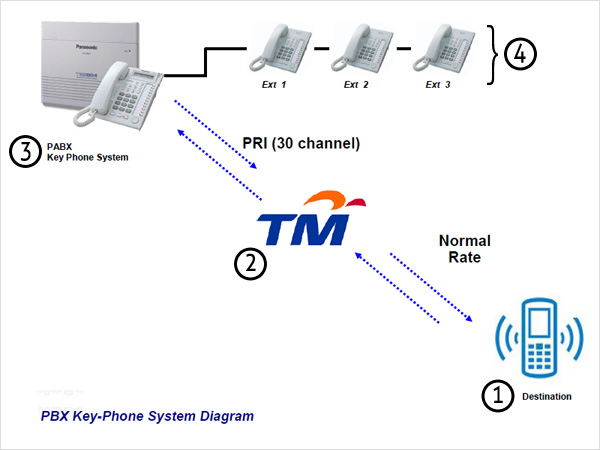Why IP-PBX Is Replacing Key-Phone Systems
Flexibility
Make calls over the internet (VoIP), reducing dependence on physical telephone lines.
Scalability
Easily add or remove extensions without rewiring or expensive hardware upgrades.
Cost Saving
Reduce call costs, especially for long-distance and international calls.
Advanced Features
Enjoy voicemail-to-email, remote extensions, mobile app & CRM integrations.
Maintenance
Less upkeep and troubleshooting compared to old-fashioned key-phone hardware.
Why & How Cloud PBX Is the Next Generation
Why Cloud PBX?
- Eliminates on-premise hardware
- Provider-hosted with high availability
- Automatic updates & seamless expansion
How It Works
Subscribe to a Cloud PBX service and connect your phones securely over broadband, fiber, or LTE to the provider’s servers—unlocking full PBX functionality without owning a server.
Key-Phone System PBX Overview
- PABX Server / Keyphone Server
- Multiple Telephones or Extensions
- Direct Connection to Telco Lines
- Purpose: Internal intercom, shared external lines, reduced telecom costs
Key-Phone System Call Handling
1. Caller dials your company number via Telekom Malaysia.
2. TM routes the call to your PBX/Key-phone system.
3. PBX answers, uses IVR to collect extension or routes directly.
4. If answered incorrectly, calls are manually transferred to the right extension.
